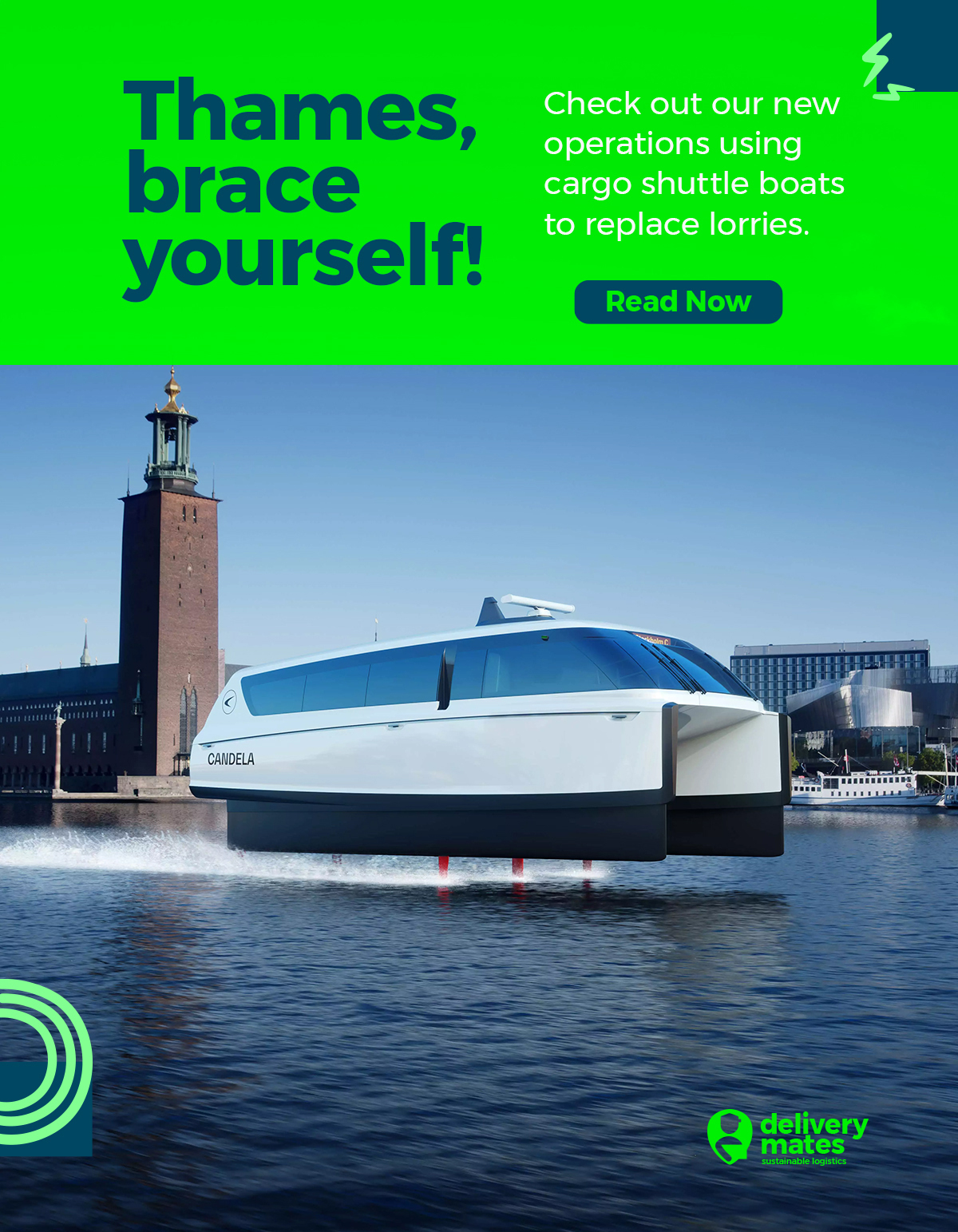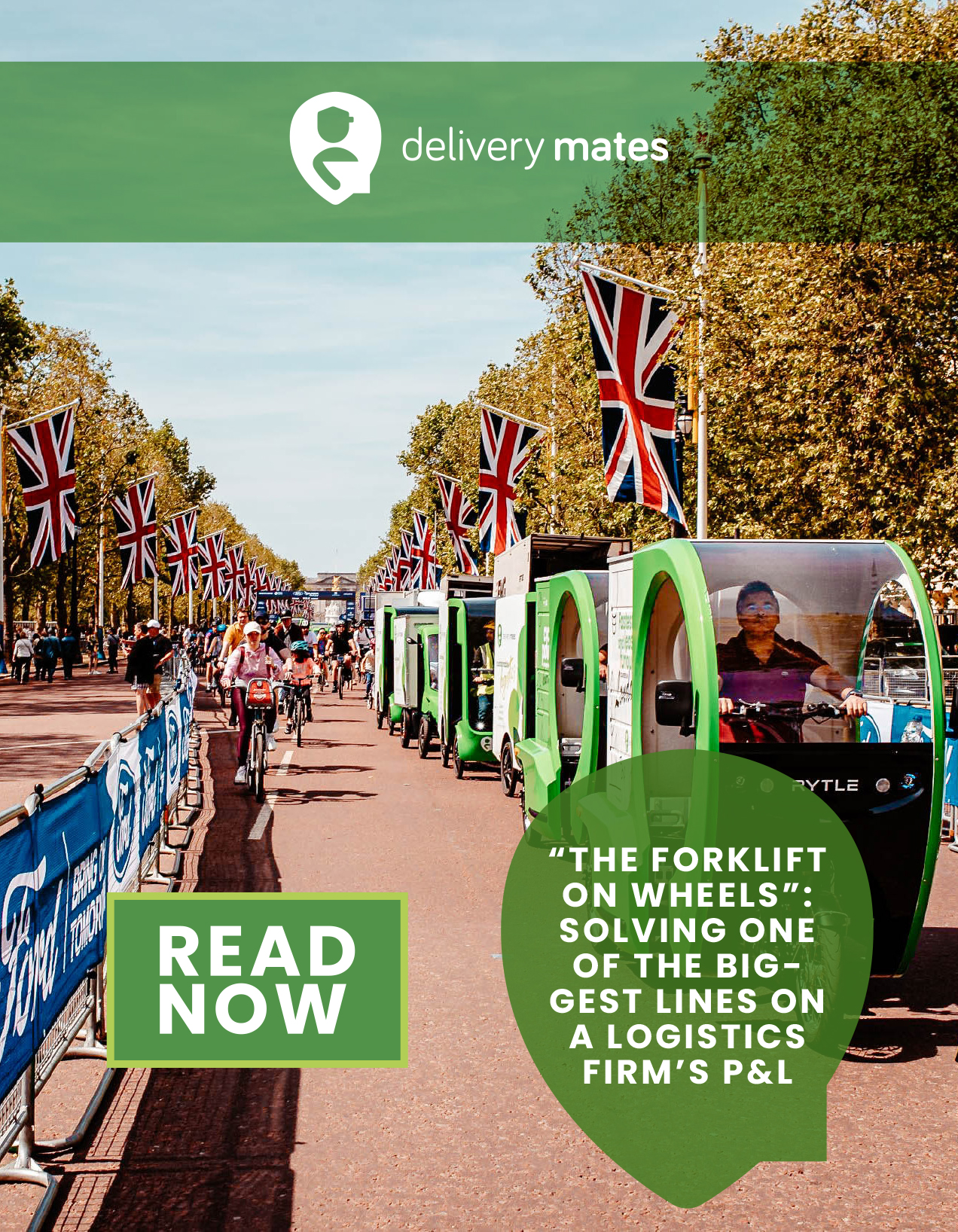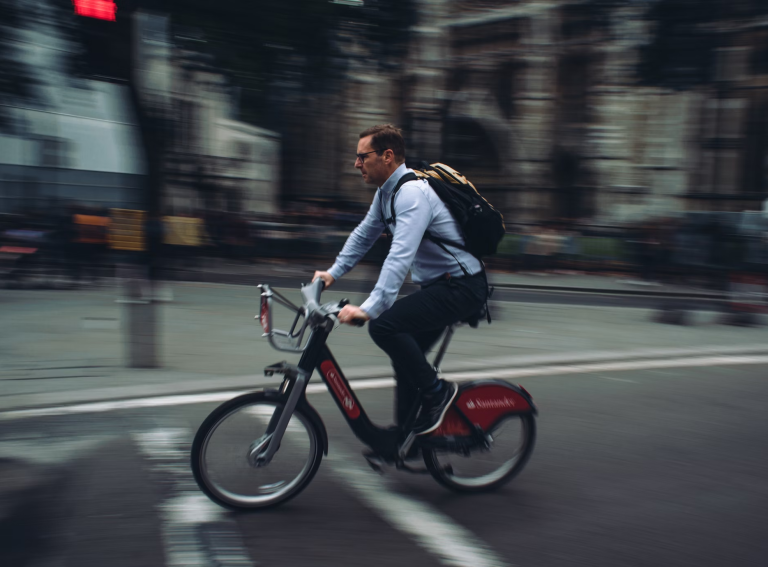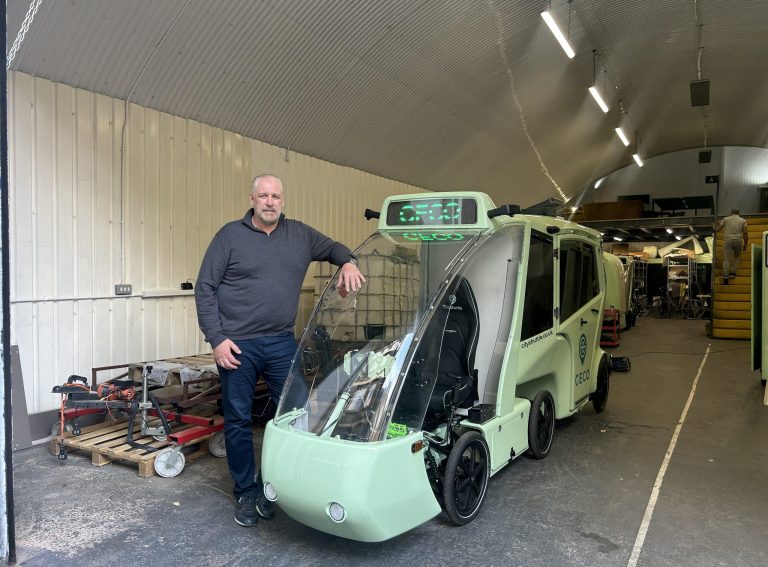Eurocities – the largest network of European cities – has published an open letter from city leaders defending the right of local authorities to set speed limits.
With more than 200 member cities, Eurocities published the letter signed by mayors and other city leaders in the Financial Times with the European Transport Safety Council.
The letter cites that more than 70% of Europeans live in cities, towns, and the suburbs and says that there’s “an emerging and worrying trend” of national governments trying to make it more difficult for cities to address road deaths through lower speed limits.
“European cities are moving away from a car-centric planning approach where streets are designed to maximise the flow of motorised vehicles,” Eurocities Head of Mobility Peter Staelens told Zag Daily. “Instead they are giving priority to measures that not only decrease accidents and emissions, but also stimulate cycling, walking and public transport.
“The reluctance may arise from the fact that many national and regional road authorities have traditionally focused on optimising capacity of the network, but in some instances the controversy is deliberately created by political parties and populist movements, who choose to ignore the scientific evidence on the positive impacts of speed limits for self profiling purposes.”
The letter follows a new road traffic law proposed by Italy’s government which would hinder the ability of local authorities to install speed cameras, set lower speed limits, and create low-traffic zones.
It also comes after the German government has so far resisted efforts from more than 1,000 towns and cities to have more control over speed limits.
Across the pond, England has seen increased politicisation of transport issues this year such as Prime Minister Rishi Sunak’s rhetoric around a “war on motorists” and the Mayor of London’s expansion of ULEZ across all London boroughs.
“This is not about restricting the freedom of car drivers,” the letter states. “It’s about making the roads safer for everyone, reducing noise and pollution, and making the city more inviting for those who choose healthier forms of transport like walking and cycling.”
According to Peter, planning for sustainable urban mobility requires local authorities to systematically engage residents and stakeholders in a participatory process. Then a vision can be discussed and co-designed with solutions that the parties would like to see applied.
“By having a direct and open conversation which also takes into account modelled impacts and demonstrated effects, local authorities are in a better position to negotiate changes compared to national governments.”
One aim of the letter is to illustrate the increasing adoption of 30km/hr zones as common practice across European cities.
“My hope is that it prompts national governments, currently resistant to more extensive implementation, to reconsider their stance.
“Instead, I urge them to endorse cities in their efforts to diminish accidents and promote environmentally friendly travel behaviours.”










